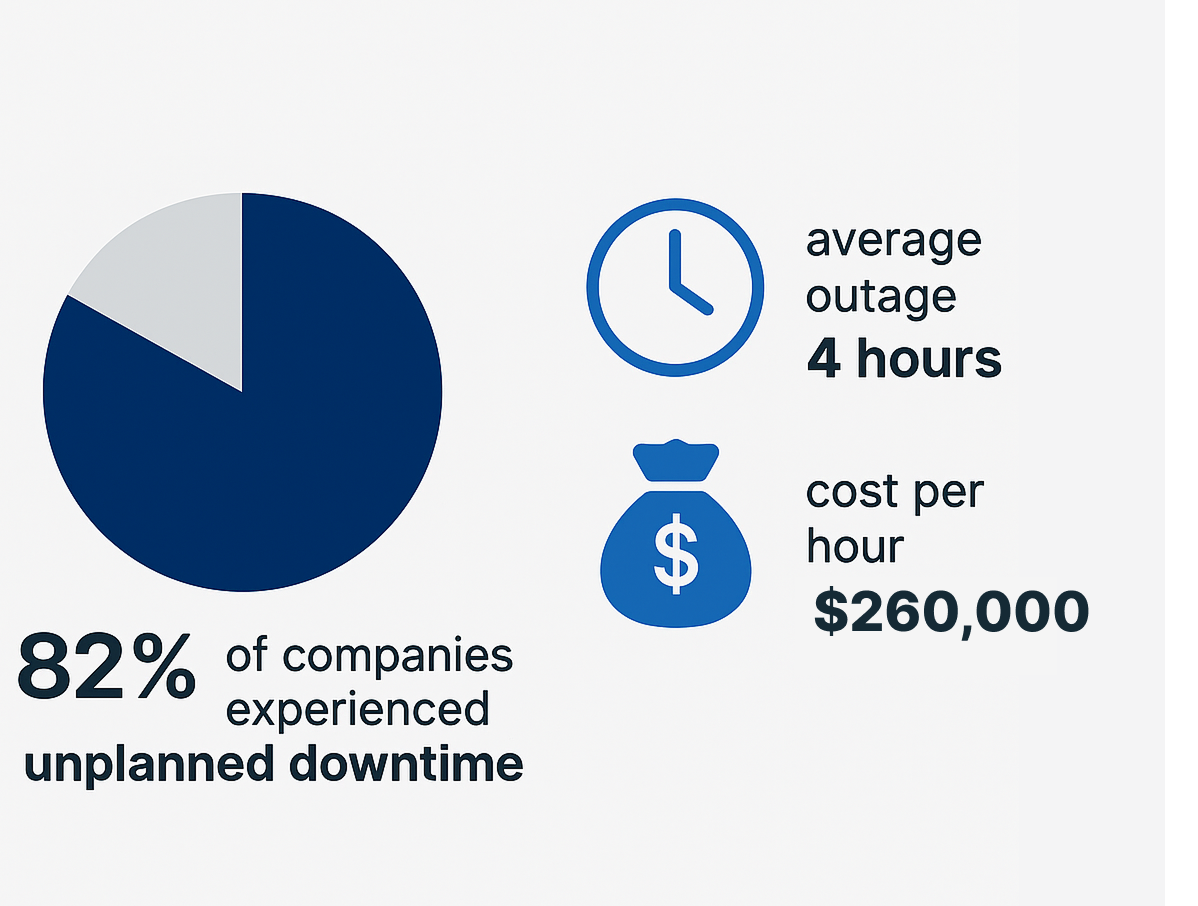
Every operations team has seen it happen: a forklift stalls mid-shift, a backup generator fails during a power cut, or a safety valve goes unchecked for weeks until a routine inspection flags it as non-compliant. In most cases, the problem isn’t a major failure—it’s a small missed check, a skipped step, or a delayed inspection. These small lapses stack up quietly, but when they do, they cause serious downtime, rushed repairs, and regulatory issues that could have been avoided.
Fast-moving operations often treat routine asset checks as low-priority tasks—until something breaks. The real problem is that these checks aren’t structured into daily work. Maintenance schedules are still tracked in spreadsheets or notebooks. If someone skips a task, there’s no alert. When a technician changes shifts, the inspection doesn’t always follow. And even when checks happen, they’re logged on paper and filed away—separate from the system that manages daily work.
That setup may work when you’re managing a few assets. But when you’re operating across multiple locations, dozens of technicians, and rotating shifts, it stops working.
A logistics company operates four regional hubs. Each site has forklifts, generators, and fire-safety systems. Local supervisors are responsible for inspections, but each team handles it differently—one uses WhatsApp messages, one updates a whiteboard, and one keeps a calendar. There’s no standard system.
One day, a generator fails at Hub 3. There’s no digital record of the last inspection. No one can say for sure when it was serviced or by whom. The downtime leads to delivery delays and a potential safety violation. The task wasn’t forgotten on purpose—it just slipped through a disconnected process.

Source: Siemens/Senseye Industrial Downtime Report via Aberdeen Group
Instead of treating inspections as side work, operations teams are now managing asset checks like any other task—planned, tracked, and assigned in a system.
Asset health isn’t just about avoiding breakdowns—it’s about making sure routine actions happen reliably. When inspections are tracked like any other operational task, there’s less guesswork, less delay, and less invisible downtime.
Breakdowns don’t always start with a failure. They often start with a task that didn’t happen. Operations teams that build structured workflows around maintenance gain control over work that used to depend on reminders, handovers, or memory. It’s simply making sure that the right work gets done—on time, every time.